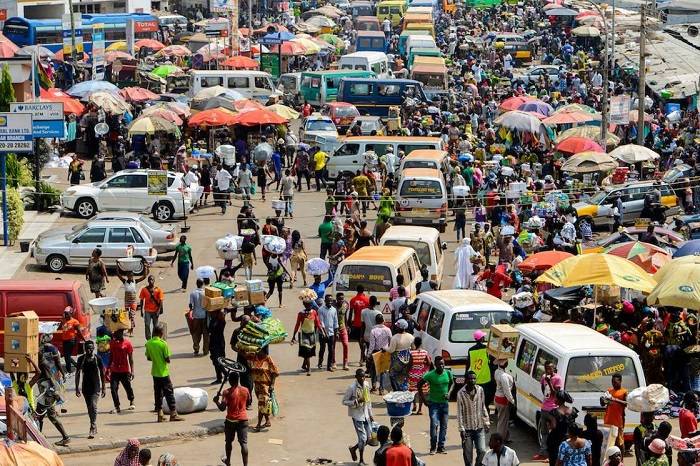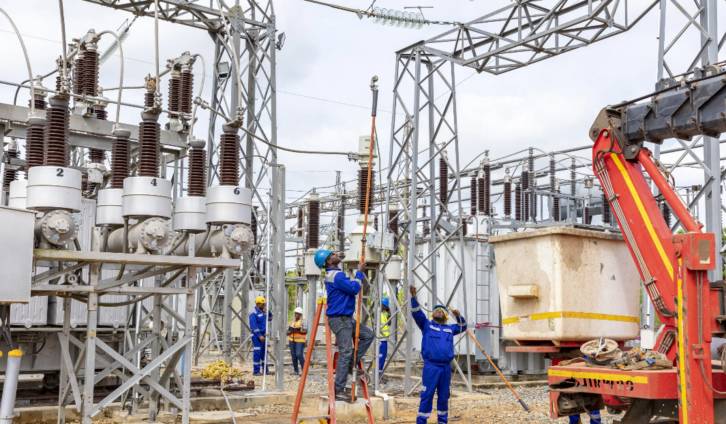Ghana is facing a severe energy crisis due to insufficient fuel stocks for power generation, warned John Abdulai Jinapor, Member of Parliament for Yapei-Kusawgu constituency. The outgoing Nana-Addo-led government failed to procure fuel despite repeated warnings, leaving the country with only five hours' worth of fuel and a mere two days' supply of heavy fuel oil and diesel fuel.
This looming energy crisis, known locally as "dumsor," is not a new issue in Ghana. The country has struggled with frequent power outages in the past, particularly between 2012 and 2016, due to inadequate fuel supply, low water levels at the Akosombo Dam, and inefficiencies in the power distribution system.
Ghana's energy sector relies heavily on thermal power plants, which require significant amounts of fuel to operate. However, the country's fuel supply has been erratic, and the recent foreign exchange challenges have made it difficult for Ghana to import fuel from neighboring Nigeria through the West African Gas Pipeline (WAGP) network.
To mitigate this crisis, Ghana must explore alternative energy sources, such as renewable energy, and improve the efficiency of its power distribution system. The country has already taken steps in this direction, with the Renewable Energy Act of 2011 providing a framework for promoting renewable energy development.
However, the new John Mahama's administration needs to take an immediate action is to address the current fuel shortage and prevent widespread power outages. The government must prioritize fuel procurement and work with stakeholders to find a lasting solution to Ghana's energy crisis.
-GHANA'S ENERGY SECTOR-:
Ghana's energy sector has undergone significant transformations in recent years, driven by the country's growing demand for electricity. The West African nation's energy mix is characterized by a diverse range of sources, including hydroelectric power, thermal energy, solar, and other renewables.
Historically, hydropower has been the backbone of Ghana's electricity supply, with the Akosombo, Kpong, and Bui dams being the primary hydropower stations. However, the country's reliance on hydropower has decreased over the years due to the unpredictability of rainfall patterns. Thermal plants powered by natural gas, light crude oil, and diesel now account for approximately 50-60% of Ghana's energy mix.
The former President Nana Addo's government implemented some policies aimed at increasing the share of renewable energy in the country's energy mix. For instance, the Renewable Energy Act (2011) set a target of 10% renewable energy in the national energy mix by 2020. Although this target was not fully achieved, Ghana has made notable progress in promoting renewable energy, particularly solar power.
Ghana's energy policy aims to ensure a reliable and sustainable energy supply to meet the country's growing demand, driven by population growth, industrialization, and urbanization. The country's total energy consumption is estimated at around 15,000 GWh annually, with electricity demand growing at a rate of 6-10% per year.
Despite the challenges faced by the power sector, Ghana has made significant strides in increasing its installed generation capacity. The country's installed generation capacity exceeds 5,000 MW, suggesting surplus capacity. However, actual available capacity fluctuates due to maintenance, fuel supply issues, and other operational challenges.
In recent times, Ghana has faced challenges in ensuring a stable fuel supply to power its thermal plants. As of now, the previous Nana Addo-Bawumia's administration has not placed any fuel orders, highlighting the need for urgent attention to address the country's energy needs.
Moving forward, Ghana's energy sector requires a multifaceted approach to address the challenges facing the industry. This includes increasing investment in renewable energy, improving the efficiency of thermal plants, and ensuring a stable fuel supply.
By adopting a comprehensive approach, Ghana can ensure a reliable and sustainable energy supply to drive its economic growth and development.


